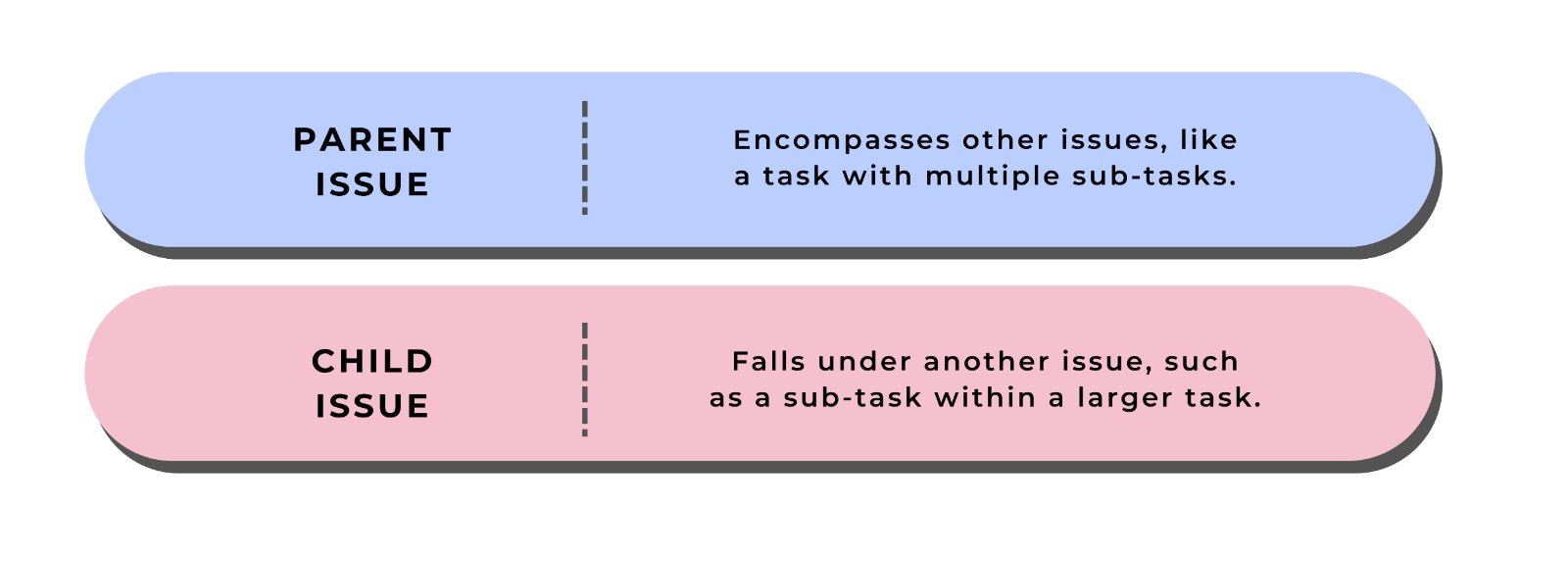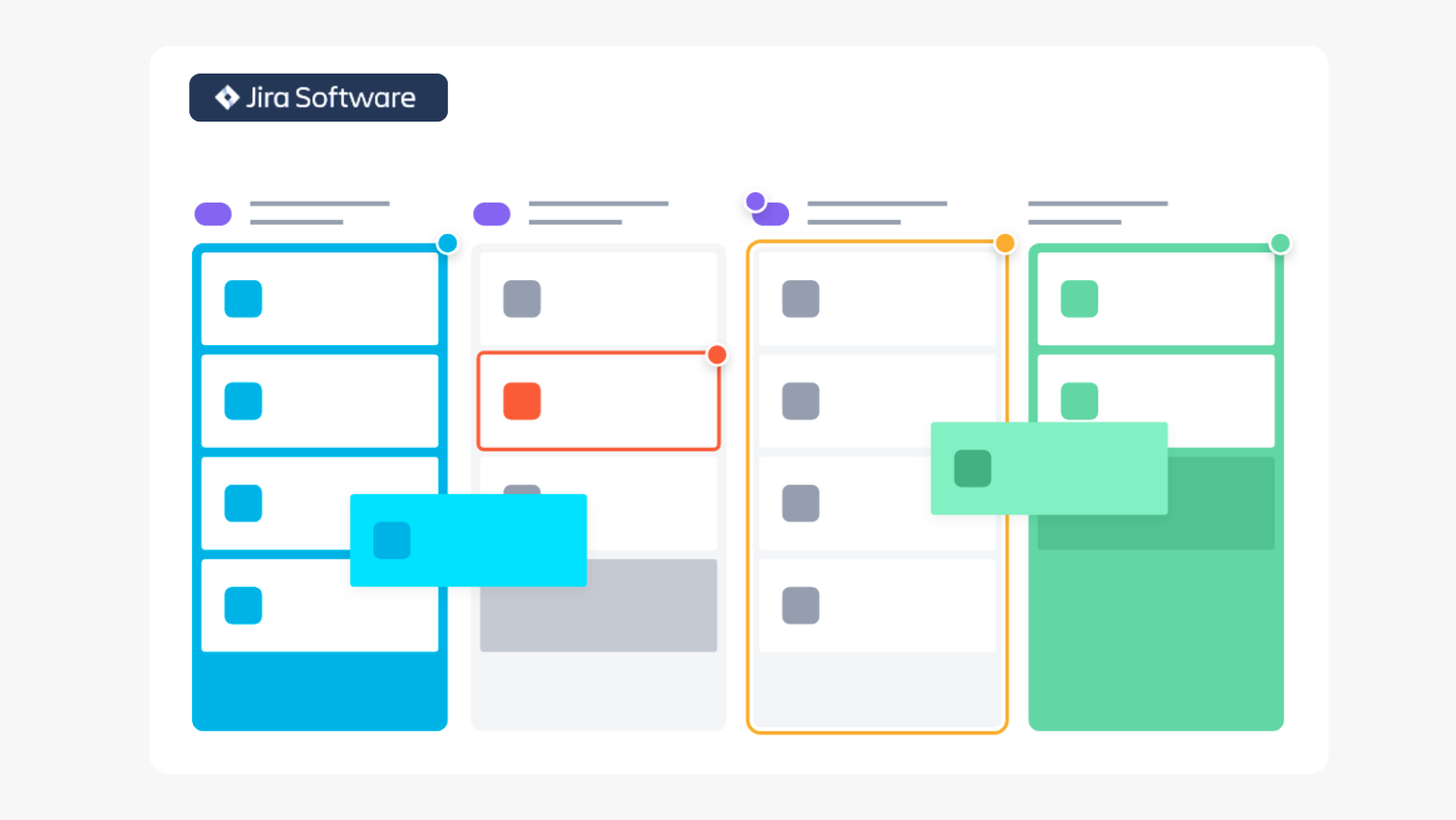Jira, a widely adopted project management tool, serves as the backbone for countless organizations, facilitating project oversight and progress tracking. Central to its functionality are Jira issues, which enable users to define, categorize, and oversee work seamlessly.
In this article, we delve into the diverse types of Jira issues, their hierarchical structure, their utility, so you can get the most out of Jira and streamline your project management process.
Issues in Jira
In Jira, an issue is more than just a task; it’s a versatile entity that refers to individual units of work, tasks, or items that require tracking, management, and resolution within a project. Whether tackling software bugs, articulating user stories, or outlining project tasks, Jira issues stand as the cornerstone of operational efficiency.
To further organize these versatile Jira issues, understanding the parent-child relationship is essential. Parent and child issues describe a hierarchical relationship between issues:

This parent-child relationship is not confined to specific issue types. Any issue type can serve as both a parent and a child issue, except for sub-tasks, which can only be child issues as they represent the most granular level in the hierarchy.
Jira Software Projects Issue Types:
Issue types are predefined templates facilitating the categorization and organization of work within the platform. These templates define the nature of the tracked work and outline the requisite fields for entering pertinent information.
By default, software projects come with these pre-defined issue types:

In software projects, each Jira instance comes with default issue types, but Jira administrators have the flexibility to create and customize issue types to suit any project management methodology your team prefers. This customization ensures that Jira can adapt to the unique needs and workflows of your team, enhancing efficiency and clarity in issue tracking. Learn more about customizing issue types in Jira.
Issue Type Hierarchy Levels:
Imagine a corporate structure: at the helm sits the CEO, supported by a cadre of executives, who in turn oversee a broader team of employees. Similarly, Jira’s issue hierarchy delineates how work items align with overarching initiatives and vary in granularity within a project’s scope. Here’s Jira’s built-in issue hierarchy, from the top down:
Epic Issues: These represent high-level objectives or extensive bodies of work that can be deconstructed into stories, tasks, and bugs.
Standard Issues (task, story, bug, etc…): Stories and tasks encapsulate the actionable work necessary to fulfill those overarching goals. Bugs, on the other hand, denote obstacles hindering progress or functionality.
Sub-task Issues: These are minute tasks essential for completing a story, task, or bug.

Issue Analysis Reports Provided by Jira:
Jira offers a suite of Issue Analysis reports that provide invaluable insights into project performance and progress:

Wrapping It Up:
Understanding the intricacies of Jira issues and their types is pivotal for maximizing efficiency and clarity within project management endeavors. By comprehending the diverse nature of Jira issues—from Epics down to Sub-tasks—and their hierarchical arrangement, teams can effectively structure their work and foster alignment throughout project lifecycles.
Get Maximum Efficiency Out of Jira Issues with Khoji
As projects evolve and Agile methodologies become increasingly prevalent, the need for advanced issue analysis tools becomes apparent. This is where Khoji’s Issue Analysis feature steps in, offering a seamless integration with Jira and delivering customized insights tailored specifically for Agile teams.
Don’t miss out on the opportunity to experience the transformative power of Khoji. Book your demo today and elevate your project management experience with Khoji—for free.

